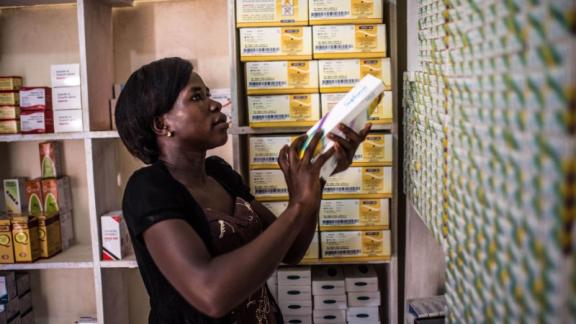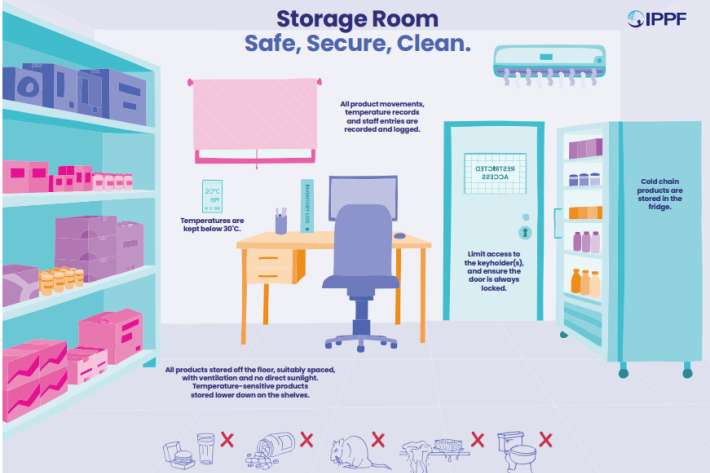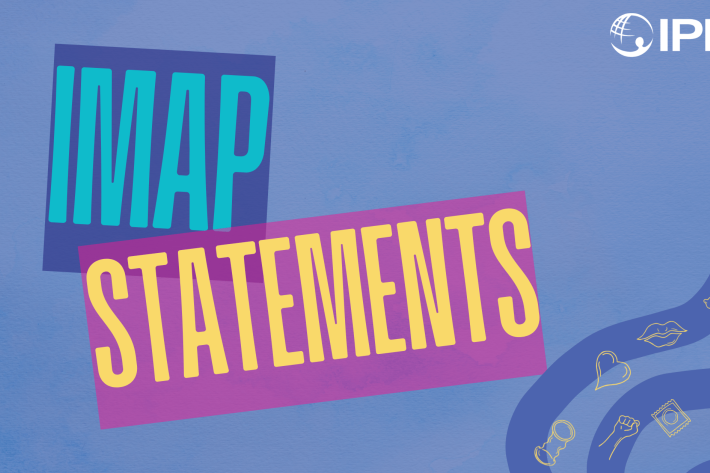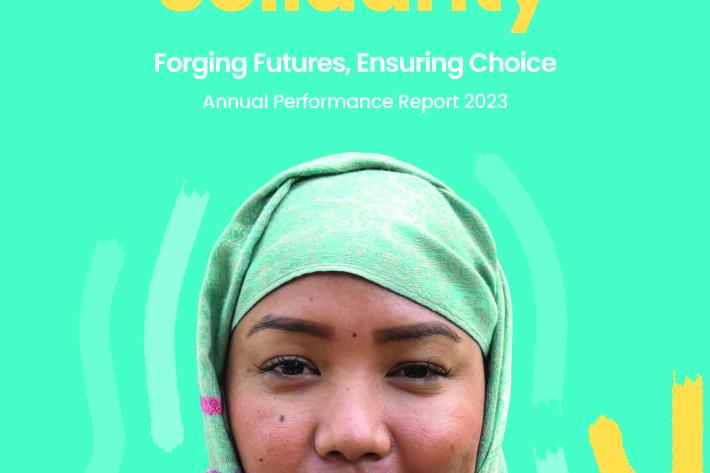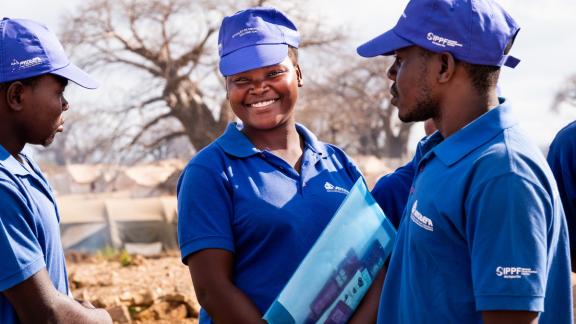Spotlight
A selection of resources from across the Federation
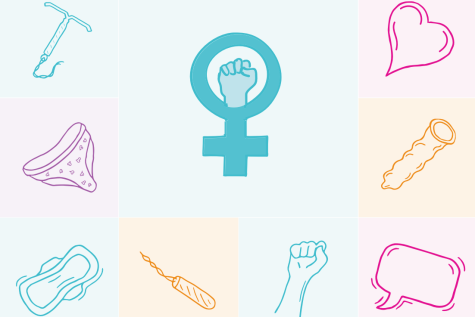
Technical Brief: Designing and Delivering Inclusive, Rights-Based Sexual and Reproductive Healthcare to Transgender and Gender Diverse People
This technical brief outlines key recommendations across several sexual and reproductive health service areas to promote access to inclusive care for transgender and gender diverse people.
Filter our resources by:
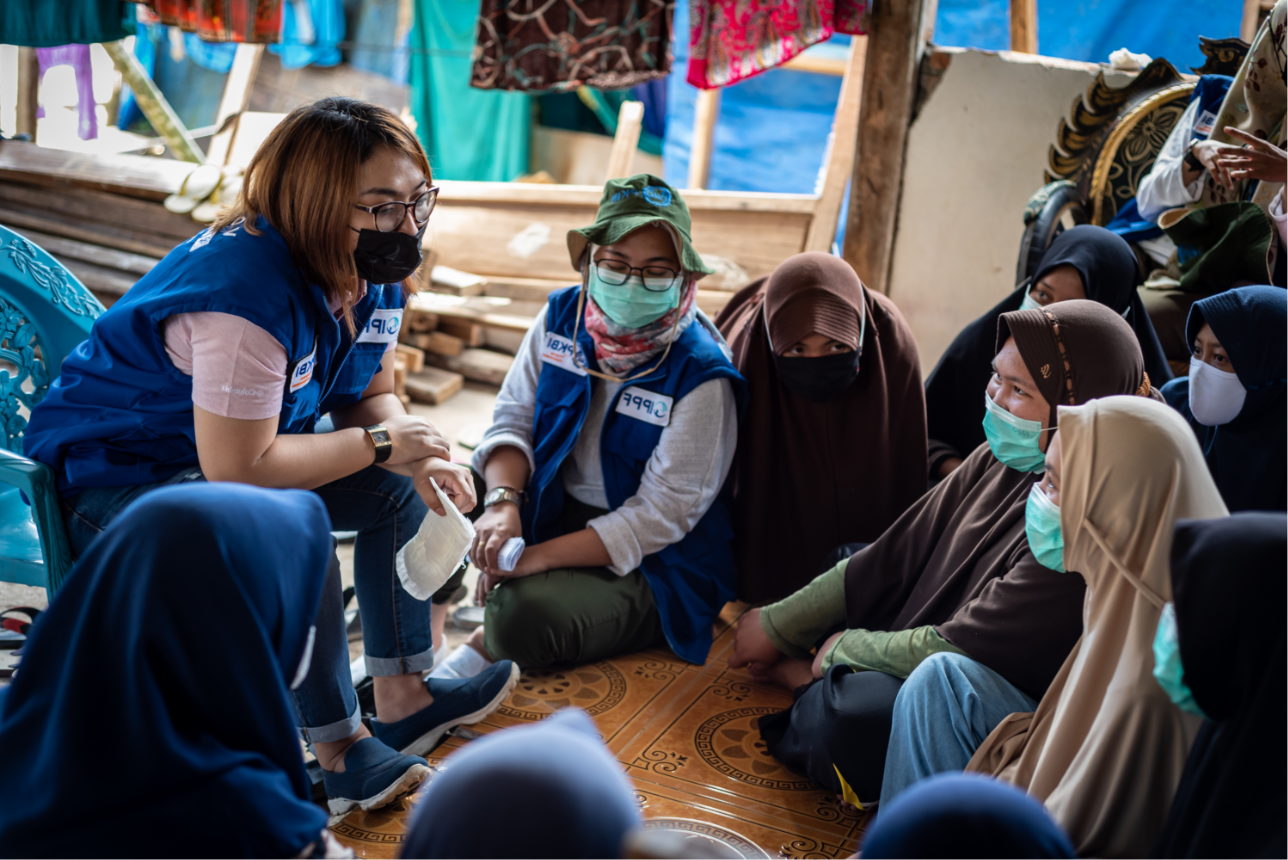
| 03 March 2017
IMAP Statement on youth peer provision models to deliver sexual and reproductive health services to young people
The purpose of this statement is to outline key components of the youth peer provision model, summarize existing evidence, and provide guidance to integrate this delivery approach into the existing sexual and reproductive health services offered by IPPF Member Associations.
| 24 January 2017
IMAP Statement on conscientious objection
Sexual and reproductive health is related to multiple human rights, including the right to life, the right to health, the right to privacy and the prohibition of discrimination. The right to health include sexual and reproductive health. This means that the states have obligations to respect, protect and fulfil the rights related to women’s and men’s sexual and reproductive health.
| 13 January 2017
IMAP Statement on safeguarding reproductive rights in the face of declining fertility
Profound changes in demographic patterns are taking place globally. Birth rates are falling in most countries around the world. Many governments are concerned about the impact of population ageing, and its consequent effects on lower economic productivity and escalating costs for medical care for older people. Some argue that birth rates must be stimulated to increase again. A few have begun to question the legitimacy of contraception and parenthood by choice, as well as challenging the principle of gender equality. This concern may also result in reduced focus on ‘the other side of the story’, namely that 225 million women who wish to avoid or delay pregnancy are not using modern contraception. Such restrictive approaches contravene people’s right to “reproduce and the freedom to decide if, when and how often to do so” as agreed at the 1994 International Conference on Population and Development, and reiterated through the 2015 Sustainable Development Goals.







